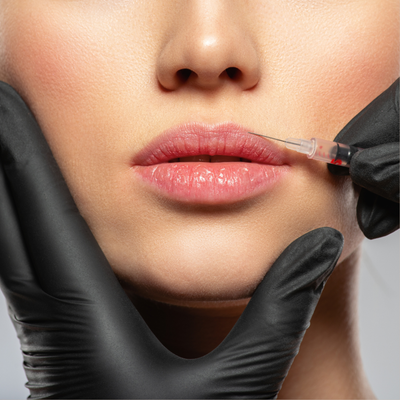Laser Skin Resurfacing: Restoring Youth on Wrinkles
As we age, the skin experiences a number of changes that can leave us feeling less confident in our facial aesthetics. Fine wrinkles, wrinkles, and irregular skin tone can be unwelcome reminders of the passage of time. Fortunately, advancements in cosmetic procedures have introduced proven solutions to help revitalize the skin and enhance our natural beauty. One of the most sought-after treatments in this realm is laser resurfacing, a method that employs targeted laser technology to improve skin quality and look.
Laser resurfacing offers a non-invasive way to turn back the clock on weathered skin, boosting collagen production and promoting skin cell turnover. This advanced technique can address a range of concerns, from sunspots and acne scars to age spots and enlarged pores. With tailored treatment plans specific to unique skin types and concerns, an increasing number of individuals are discovering the transformative benefits of this procedure, which can lead to healthier and younger-looking skin.
How Laser Skin Resurfacing Functions
Laser skin resurfacing utilizes focused beams of light to enhance the texture and look of the skin. The process targets the outer layers of the skin, getting rid of damaged cells and encouraging the growth of new, vibrant skin. The process is meticulous and can be adapted to the particular needs of each individual, addressing issues such as fine lines, wrinkles, acne scars, and uneven skin tone.
Throughout the treatment, the laser energy penetrates the skin and destroys the damaged tissue. This stimulates the body to generate collagen, a vital protein that helps maintain skin elasticity and firmness. As new collagen is produced, the skin slowly becomes smoother and more youthful in appearance. The efficacy of laser resurfacing lies in its ability to boost the skin's natural healing mechanisms.
Recovery from laser skin resurfacing differs based on the depth of the treatment. Patients often report redness and swelling similar to a sunburn, but these side effects typically subside within a few days. Following proper aftercare guidelines ensures optimal healing and results, leading to luminous skin that reflects a more youthful complexion.
Benefits of Light Rejuvenation
Lazer skin resurfacing offers a multitude of advantages for those looking to refresh their skin and lessen the apparent signs of maturation. One of the most gains is the potential to enhance skin finish and tone. The treatment successfully targets issues such as wrinkles, wrinkles, and irregular pigmentation, leading to a satin-like and more glowing complexion. Patients often observe a noticeable reduction in the appearance of marks and photodamage, yielding a more vibrant and vibrant look.
Another important perk of laser resurfacing is its specificity. The technology allows for specific treatment, meaning that particular problem areas can be treated without impacting the surrounding skin. This accuracy promotes faster healing and lowers the chance of complications, making the treatment less risky and more efficient. With progress in laser technology, many procedures now need minimal downtime, allowing patients to return to their daily activities more swiftly.
Moreover, laser skin resurfacing encourages collagen production, which is essential for upholding skin stretchiness and tension. As we mature, this protein amounts inherently diminish, leading to loose skin. By promoting collagen renewal, laser resurfacing not only enhances immediate results but also supports sustained skin health. Many patients find that the benefits continue to get better over time, making it a valuable investment in their skin care routine.
What to Expect Throughout this Procedure
Before your laser skin resurfacing procedure commences, you'll undergo a consultation from your dermatologist or cosmetic doctor. During this session, your provider will assess the type of skin you have while discuss your goals for the treatment. You will be informed with the specific type of laser to be used, while they will explain the anticipated results, possible risks, as well as aftercare instructions. It's crucial to disclose any medications you are taking as well as your medical history to guarantee a secure experience.

On the day of the treatment, the area being treated will be cleansed thoroughly, while a local anesthetic will be used to guarantee comfort during the procedure. Depending on the type of laser procedure conducted, you may also receive a calming medication. The laser will then be directed at the targeted areas of your skin. You might feel feelings like a rubber band snap against your skin or a warm sensation, but this depends on each person's pain tolerance and the settings of the laser. Treatment duration can range from a short period to many hours depending on the size of the area being affected.
After the treatment finishes, the treated area could look reddened and swollen, like a burn from the sun, which is normal but typically subsides over time. They will provide you with post-treatment care instructions to help manage discomfort as well as facilitate healing. This may include applying cold compresses, using gentle skin care products, while steering clear of sun exposure. As healing occurs, you will notice improvements in texture and tone, leading to a more youthful look as time goes by.